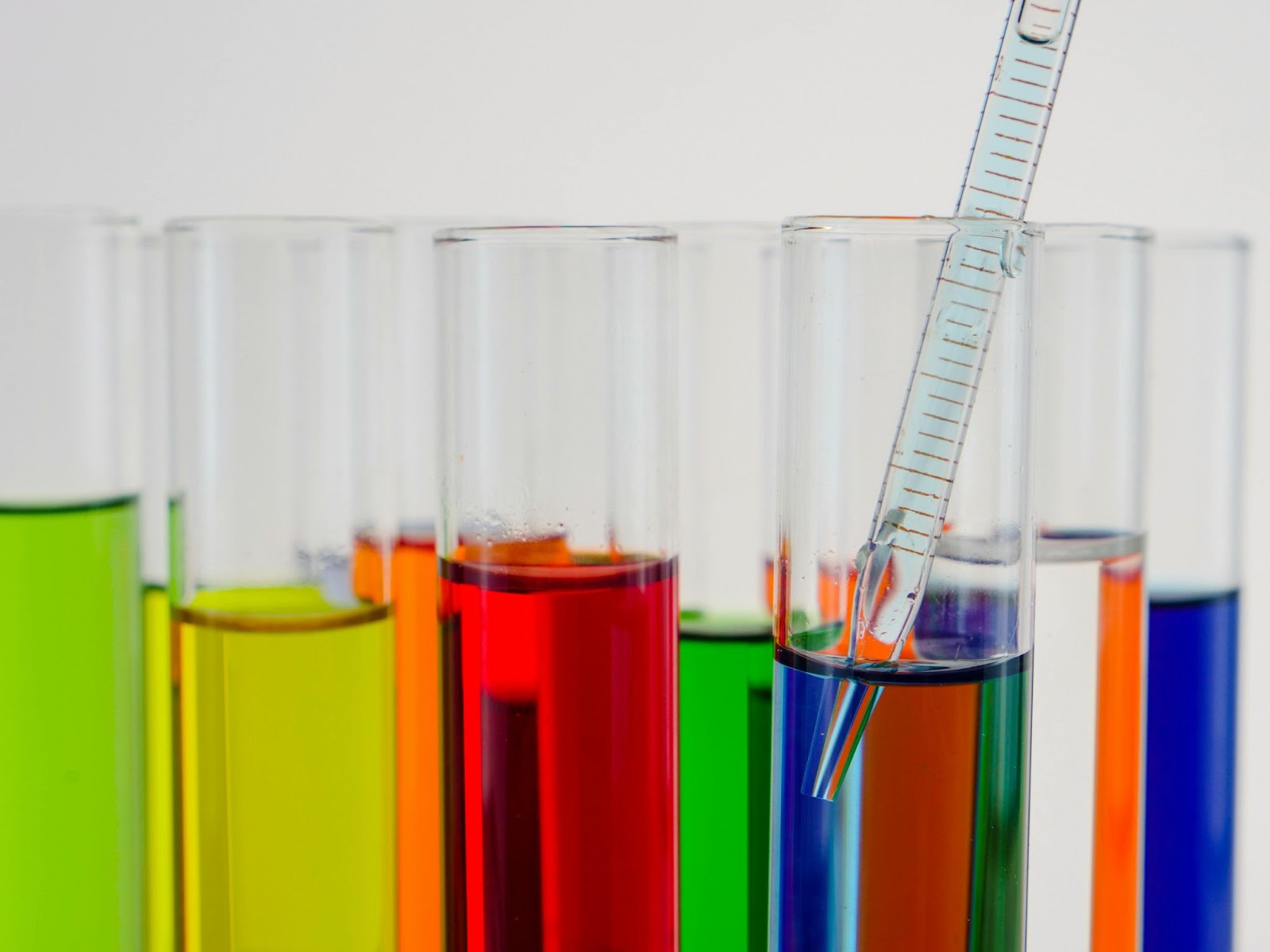Environmental testing has come a long way. It used to involve bulky equipment, slow processes, and long wait times. Now, things are changing. Technology is stepping in to make it faster, smarter, and way more accurate.
One tool that’s making a big difference is the microdispenser. These devices might not look like much, but they are reshaping how testing gets done. But what is a microdispenser? It’s a device that delivers very small and precise amounts of liquid or material. And in environmental testing, that kind of control makes a huge impact.
Making Testing More Precise
Environmental testing needs to be spot-on. If the measurements are off, even by a little, the results can be wrong. That can lead to big problems. Microdispensers solve that by being incredibly accurate.
They’re designed to release just the right amount of substance every time. No more, no less. That means labs can trust their results. It also reduces the chance of contamination. When you’re testing soil, water, or air for toxins or pollutants, that kind of precision matters.
And because microdispensers are consistent, they help reduce human error. Lab techs can focus on analysis, not worrying about whether the right amount was used. This saves time. It also builds confidence in the data being collected.
Saving Resources, Cutting Waste
Old-school testing methods often used too much material. Whether it was chemicals, reagents, or samples, a lot ended up being wasted. That’s not great for the environment—or the budget.
Microdispensers use only what’s needed. Nothing more. That lowers the amount of produced waste. It also cuts down on the need to store and get rid of extra materials. Labs using these tools often report big savings over time.
This also means less environmental impact from the testing process itself. When you’re trying to protect nature, it helps if the tools you use are part of the solution. Not the problem.
Speeding Up the Workflow
Time is everything in a testing lab. Results are often needed fast. Delays can slow down research, reporting, or even emergency response efforts.
Microdispensers make things move quicker. They can be automated to deliver samples or reagents in seconds. No need to measure things out by hand. That cuts down on the number of steps in a test.
Faster workflows mean labs can run more tests in less time. That helps researchers cover more ground. It also helps government agencies and private companies stay ahead of environmental concerns. When speed and accuracy come together, good things happen.
Supporting On-Site Testing
Not all environmental testing happens in labs. Sometimes samples need to be tested on-site. That might be at a riverbank, a forest, or a construction site. Carrying large equipment out there isn’t practical.
That’s where portable microdispensers come in. They’re small, lightweight, and easy to use in the field. Scientists and inspectors can run quick tests right where the samples come from without waiting days for lab results.
This kind of real-time testing is a game-changer. It allows for quicker decisions. If something’s wrong, action can be taken right away. That helps keep ecosystems safer and more protected.
Better for Complex Testing
Some environmental tests aren’t simple. They require different steps, layers of chemicals, and perfect timing. That’s where automation and microdispensing really shine.
These tools can be programmed to handle even the trickiest processes. They follow steps exactly. They keep the timing right. That leads to stronger, cleaner data.
When you’re trying to detect trace elements or rare compounds, every detail counts. Microdispensers make sure those details don’t get lost. They help scientists push the limits of what’s possible in testing.

Making Testing More Accessible
Not every lab has a huge budget. Many smaller operations still need to test for things like lead, bacteria, or pollutants. Microdispensers are helping level the playing field.
Because they’re small and efficient, these tools are often more affordable than older systems. They also need less training. That opens up environmental testing to more teams and communities.
More individuals running tests means that more problems are found early. That helps keep the air clean, the water safe, and the health of the people. It makes testing something that everyone can do, not just major companies or labs.
Final Thoughts
Microdispensers may be small, but they’re having a big impact. They bring precision, speed, and efficiency to the world of environmental testing. They help labs save time and materials. They allow for real-time testing out in the field. And they make complex tests easier to manage.
Understanding what a microdispenser is is the first step. Knowing how it helps protect the planet is the next. These devices are not just tools—they’re part of a growing movement toward smarter, cleaner science.
As technology keeps improving, expect to see microdispensers in more places. In schools, in mobile labs, and even in exciting citizen science projects. They’re opening new doors. And they’re helping us take better care of the world we live in.


